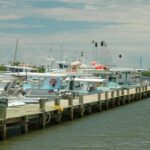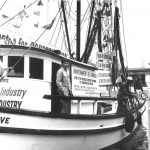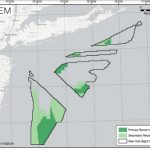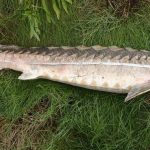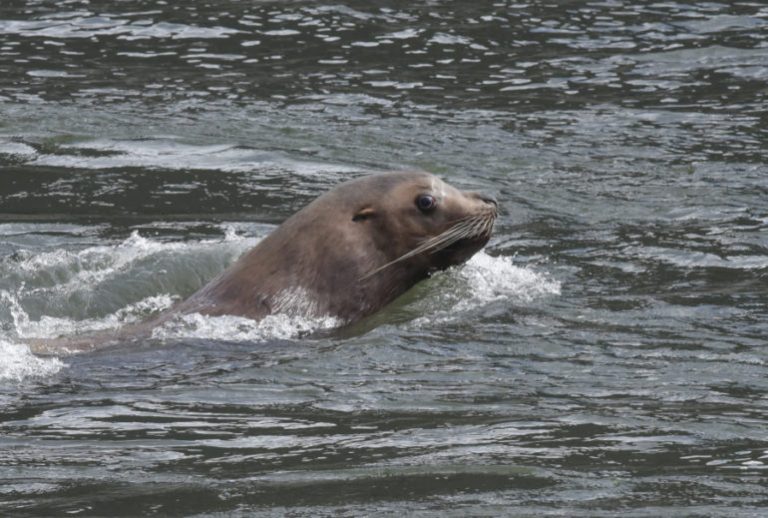Tag Archives: California crab fleet
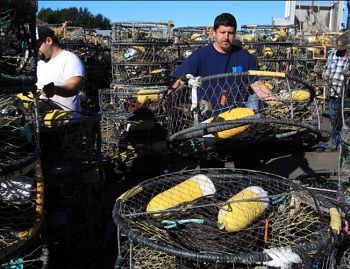
Price strike drags on for California crab fleet holding out for better price
“We can’t afford to do these operations with the price they’re offering. We go backward,” said Ben Platt, president of the California Coast Crab Association. “That’s why everyone’s holding together, holding strong. We were starting at $3 a pound 10 years ago, and our costs have definitely gone up.” The additional two bits that crabbers are seeking before they’ll be wiling to leave dockside makes an enormous difference when multiplied by thousands of pounds.,, Veteran Bodega Bay crabber Tony Anello, part of a family long tied to the industry. “You’re not going to be able to keep your crew long, because you can’t sustain them. >click to read< 09:01
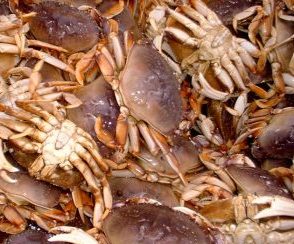
California’s crab fleet awaits share of $200 million in disaster relief
The North Coast fishing fleet has welcomed some rare good news out of Washington, D.C., where the congressional budget deal reached last week included disaster relief funds intended to offset losses from the ill-fated commercial Dungeness crab season of three years ago. But just how much help may be on the way is uncertain and could remain so for some time. There’s bureaucracy involved, and the wheels of government often turn slowly for fishermen seeking aid. >click to read< 17:57
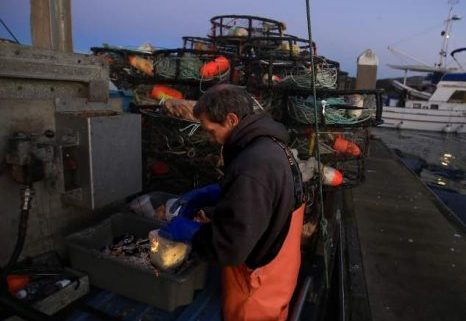
California Dungeness crab fleet nets $68 million haul, but small boats continue to struggle
California’s valuable Dungeness crab fishery appears to have rebounded after a disastrous 2015-16 season that threatened to knock even longtime fishermen so far back on their heels some feared they might not recover. Preliminary figures from the 2016-17 season show statewide commercial landings at more than $68.2 million, above the most recent 10-year average, and bested only twice in that period, including the peak $95.5 million haul in 2011-12.,,, But the relative bounty of the season, many said, obscures continued hardship for small, family operations disadvantaged by management shifts in the commercial crabbing season. But the results of those and continued serial openings onward up the coast meant that the biggest boats — those which can move their gear in one go and fill a large hold with crabs before having to return to shore — could converge on each small area that opened, whatever the weather or water conditions. The staggered openings meant big boats cleaned up and the small boats were left behind. click here to read the story 11:47





































